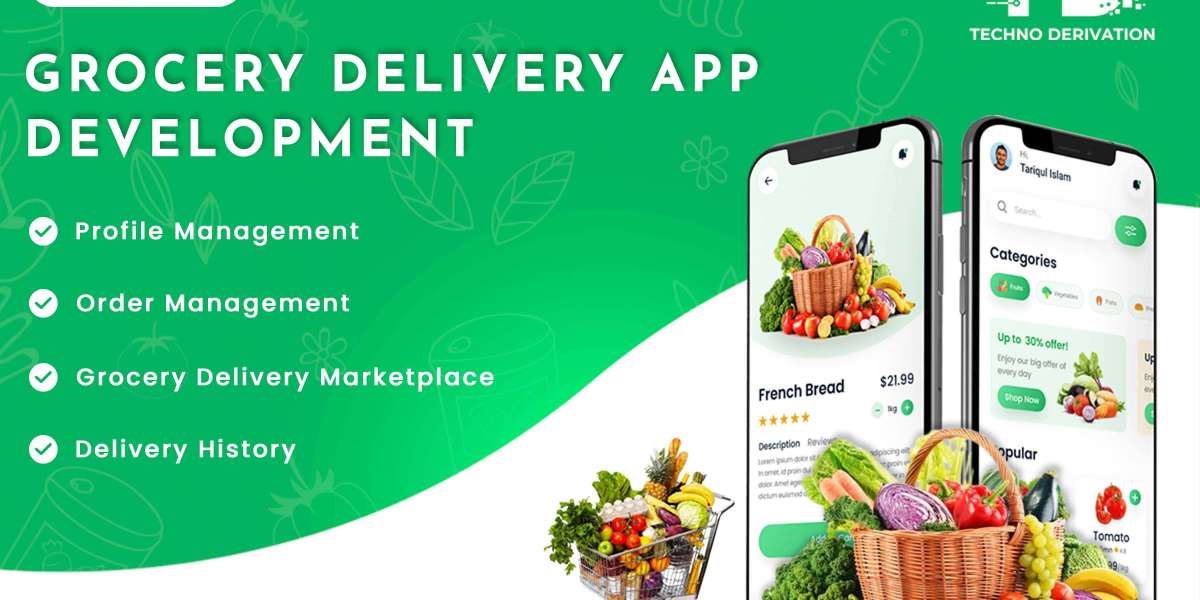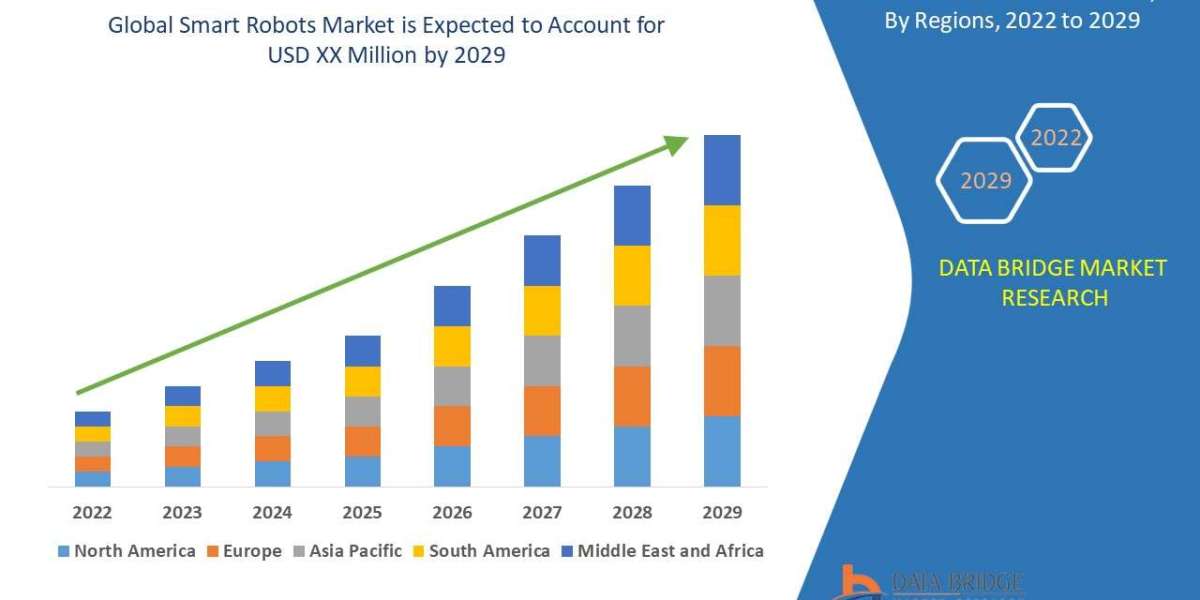In an era where convenience is paramount, grocery delivery apps have revolutionized the way we shop for essentials. By leveraging technology, these apps provide a seamless and efficient shopping experience, catering to the needs of busy individuals and families. Here's an overview of the key aspects of grocery delivery app development and their impact on modern consumer habits.
#### 1. Market Demand and Growth
The demand for grocery delivery services has surged in recent years, driven by changing consumer lifestyles and the COVID-19 pandemic. The convenience of having groceries delivered directly to one's doorstep has made these apps indispensable, particularly for those with hectic schedules or limited access to physical stores. The market is projected to continue its rapid growth as more consumers embrace online shopping.
#### 2. Essential Features
Successful grocery delivery apps incorporate several essential features to enhance user experience:
- **User-Friendly Interface**: An intuitive design that makes it easy for users to navigate, search for products, and place orders.
- **Product Listings**: Detailed descriptions, images, prices, and availability of products to help users make informed decisions.
- **Smart Search and Filters**: Advanced search functionality and filters to quickly find specific items or browse by category.
- **Secure Payment Options**: Multiple payment methods, including credit/debit cards, digital wallets, and cash on delivery, ensuring secure transactions.
- **Real-Time Order Tracking**: GPS tracking to allow users to monitor their delivery status in real-time.
- **Customer Support**: Accessible support channels to assist users with inquiries, order modifications, or issues.
- **Loyalty Programs and Discounts**: Incentives such as loyalty points, discounts, and special offers to retain customers and encourage repeat orders.
#### 3. Technology Stack
Developing a robust grocery delivery app requires a strong technological foundation:
- **Frontend**: React Native, Flutter, or native development using Swift (iOS) and Kotlin (Android) for a smooth user interface.
- **Backend**: Node.js, Django, or Ruby on Rails to manage the app's server-side operations.
- **Database**: MySQL, PostgreSQL, or NoSQL databases like MongoDB for efficient data management.
- **Cloud Services**: AWS, Google Cloud, or Azure to provide scalable hosting solutions and ensure high availability.
#### 4. Development Process
The development process for a grocery delivery app involves several key steps:
- **Planning and Research**: Conduct market research to understand target audience needs and identify competitors. Define the app's unique selling points and core features.
- **Prototyping and Design**: Create wireframes and prototypes to visualize the app’s layout and functionality. Focus on an engaging and user-friendly design.
- **Development**: Build the app's frontend and backend, integrating necessary APIs for payment processing, GPS tracking, and other functionalities.
- **Testing**: Perform extensive testing to identify and resolve bugs, ensuring the app operates smoothly across different devices and platforms.
#### 5. Launch and Marketing
- **Soft Launch**: Release a beta version to a select group of users to gather feedback and make improvements.
- **Marketing Strategy**: Develop a comprehensive marketing plan that includes social media campaigns, influencer partnerships, and promotional offers to attract new users.
- **Official Launch**: Launch the app on major platforms like the App Store and Google Play Store, accompanied by targeted marketing efforts.
#### 6. Post-Launch Maintenance
Continuous improvement is vital to the app’s long-term success. Consistently enhance the app with new features, performance improvements, and bug fixes. Monitor user feedback and analytics to understand user behavior and preferences. Provide prompt and effective customer support to maintain high levels of user satisfaction.
### Conclusion
Grocery delivery apps have transformed the way we shop, offering unparalleled convenience and efficiency. By focusing on user-centric features, leveraging the right technology, and executing strategic marketing, developers can create successful grocery delivery apps that meet the evolving needs of consumers. As the market continues to grow, these apps will play an increasingly crucial role in our daily lives, making grocery shopping easier and more accessible than ever before.



